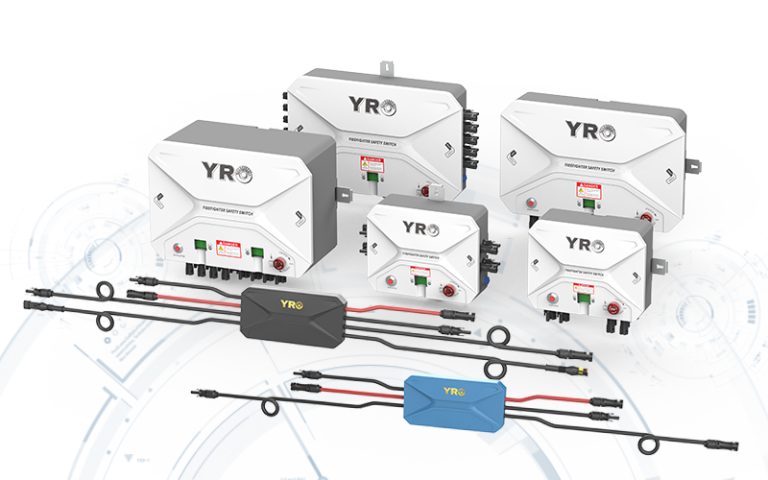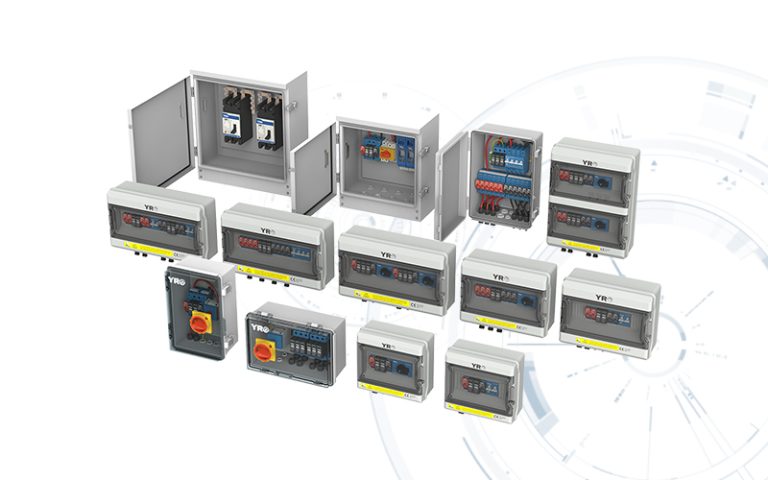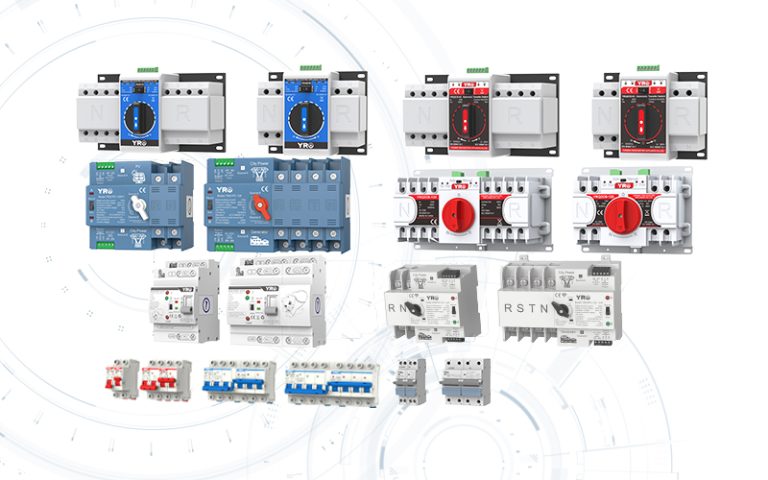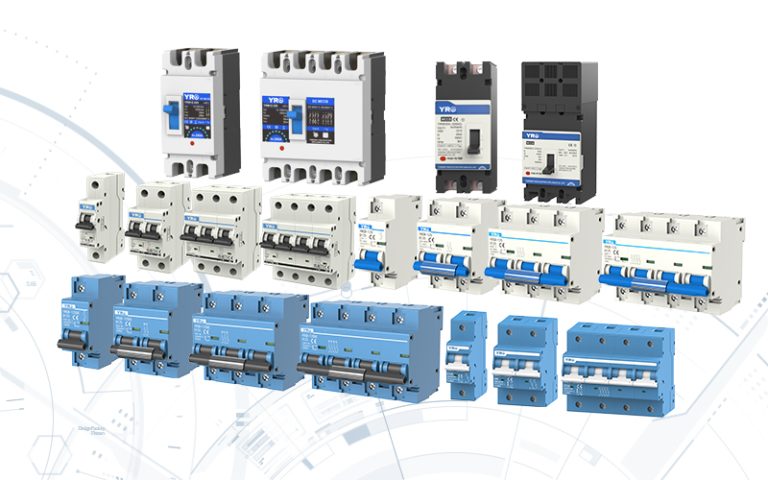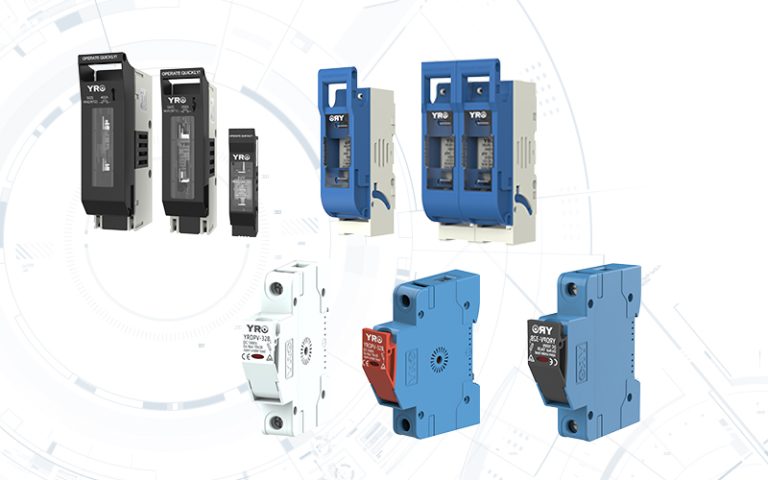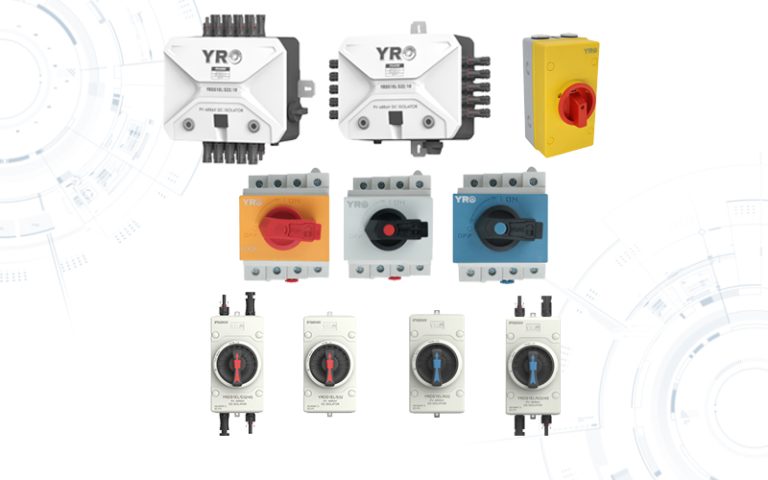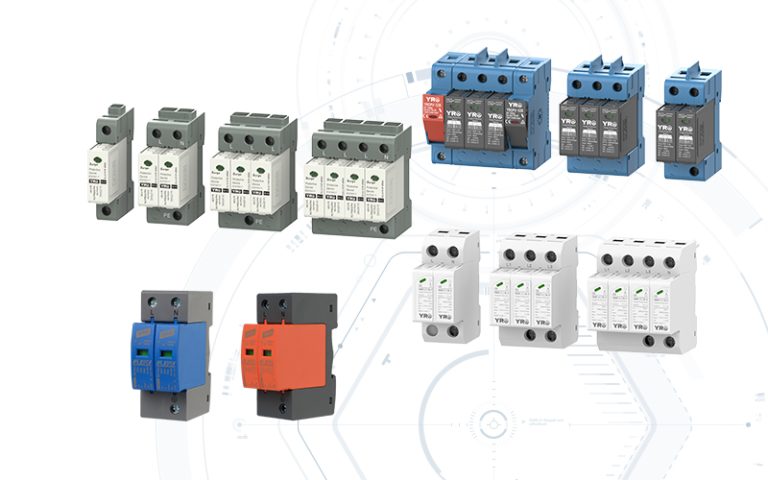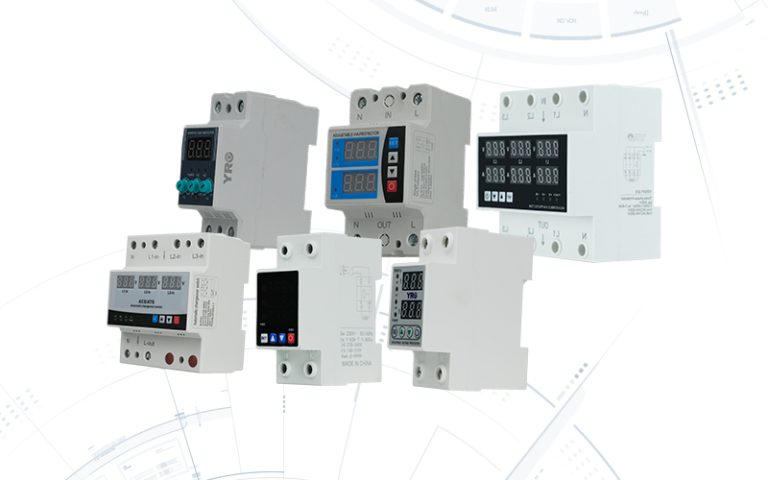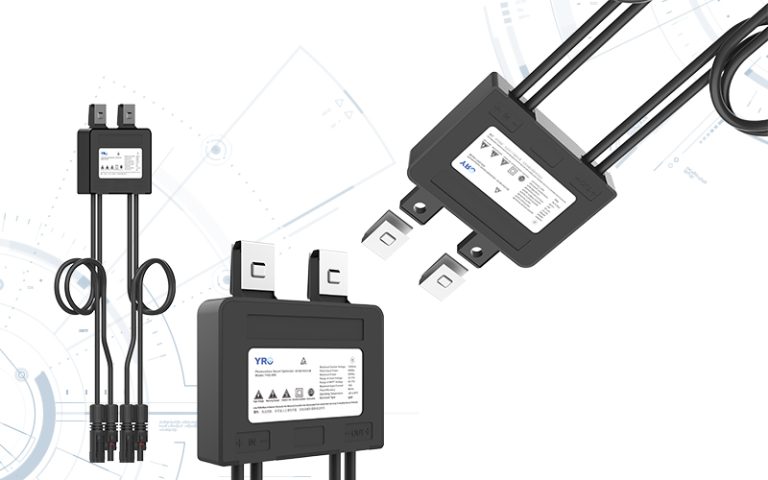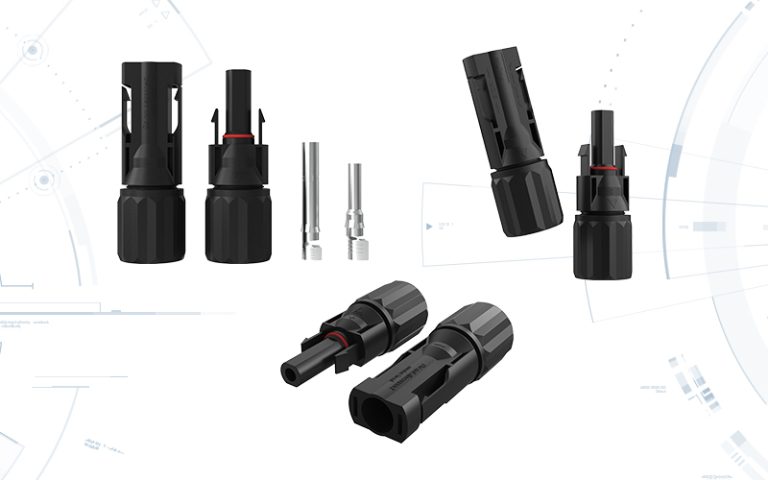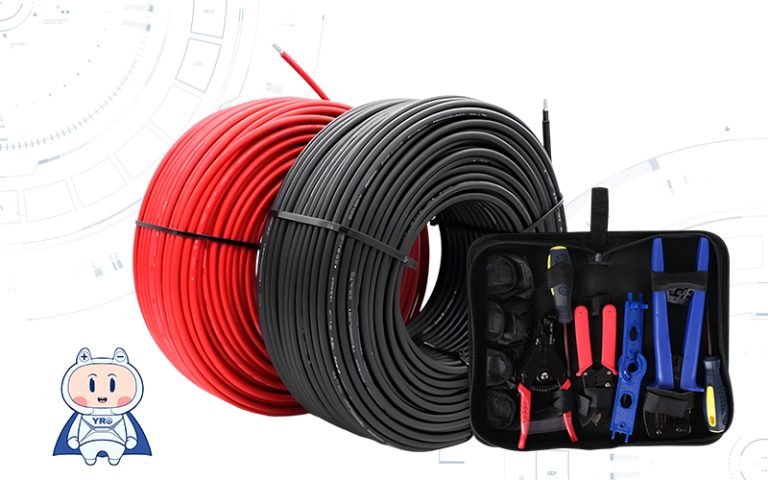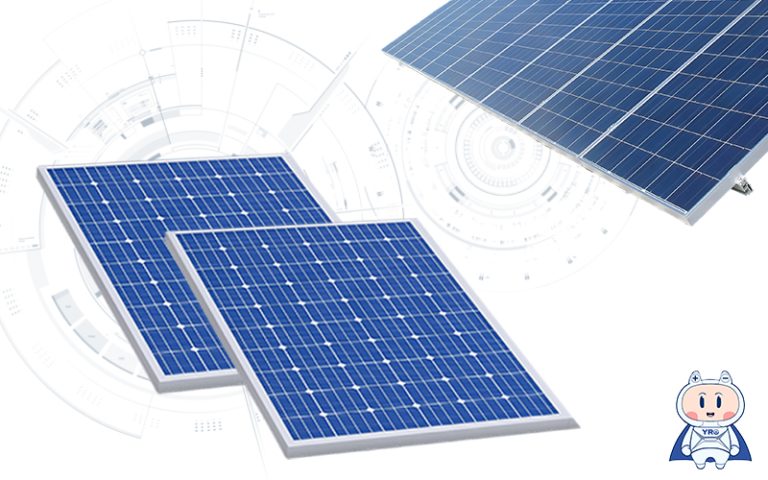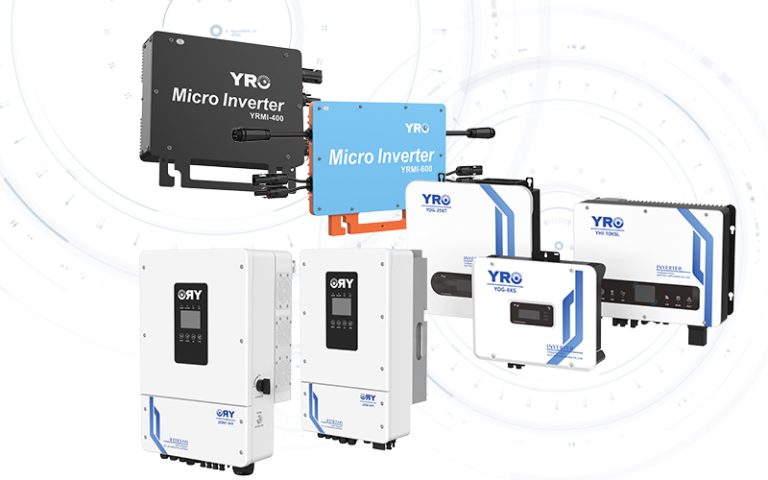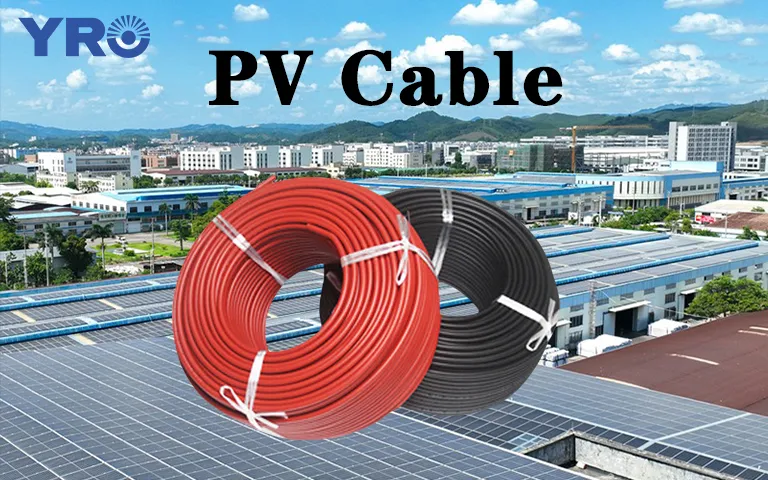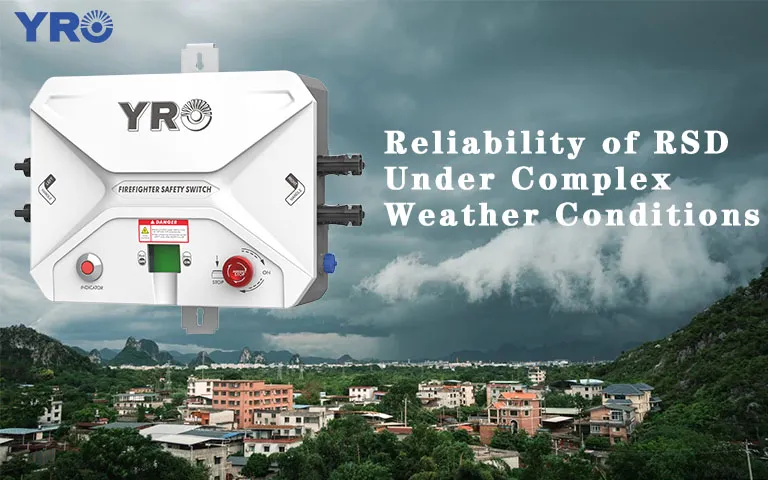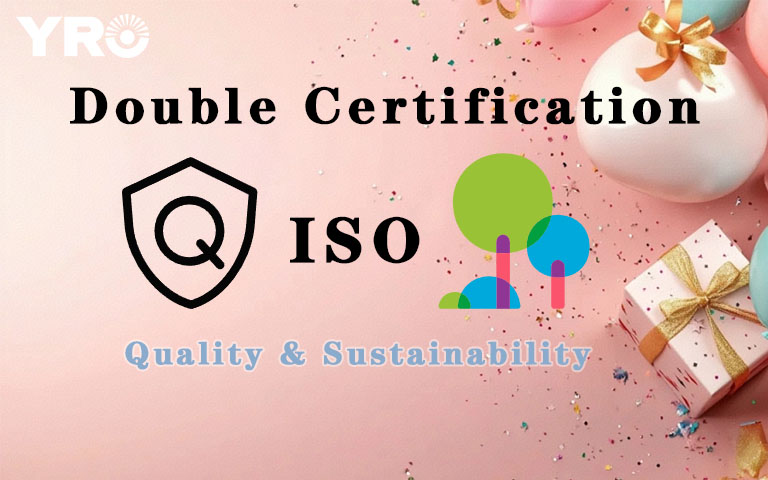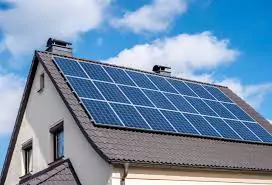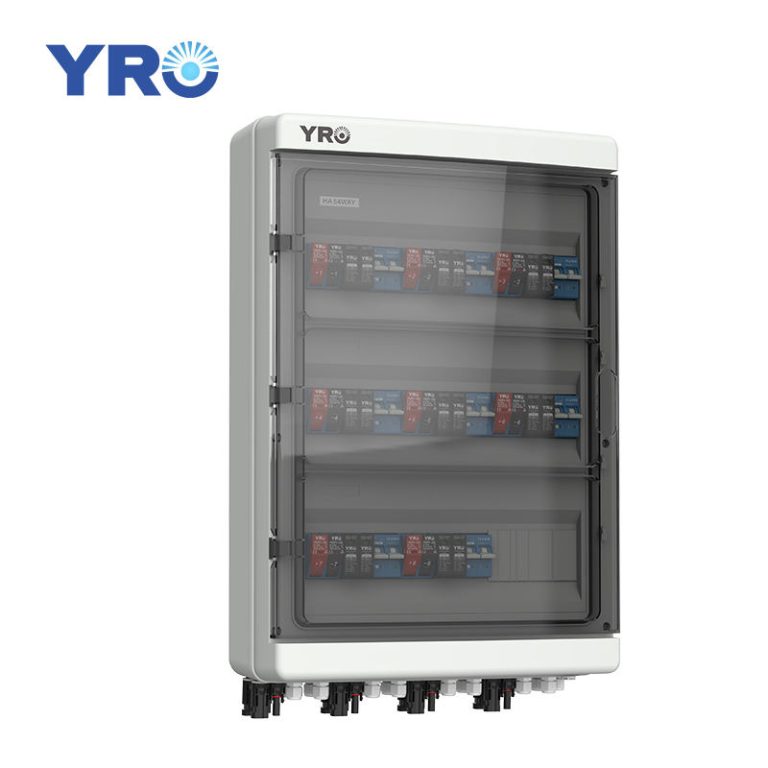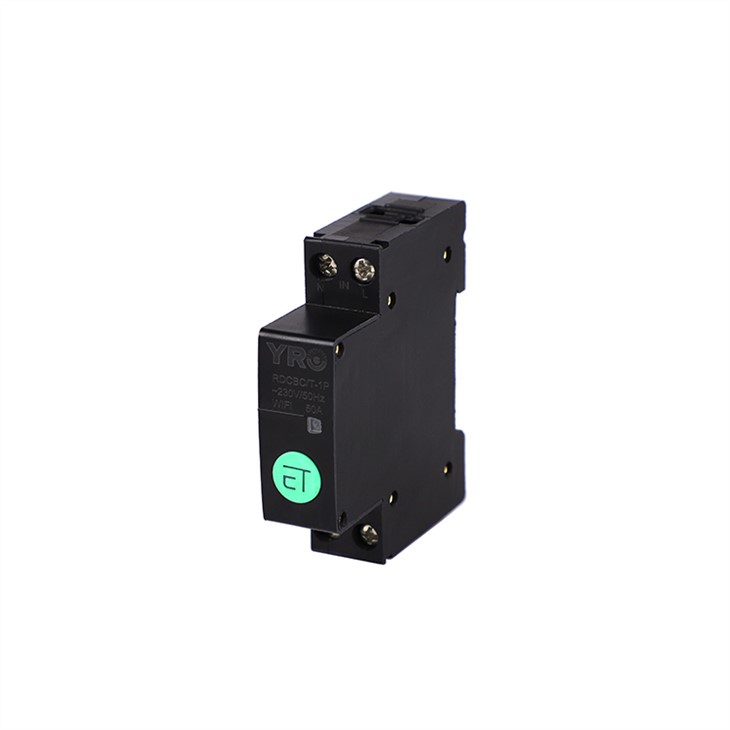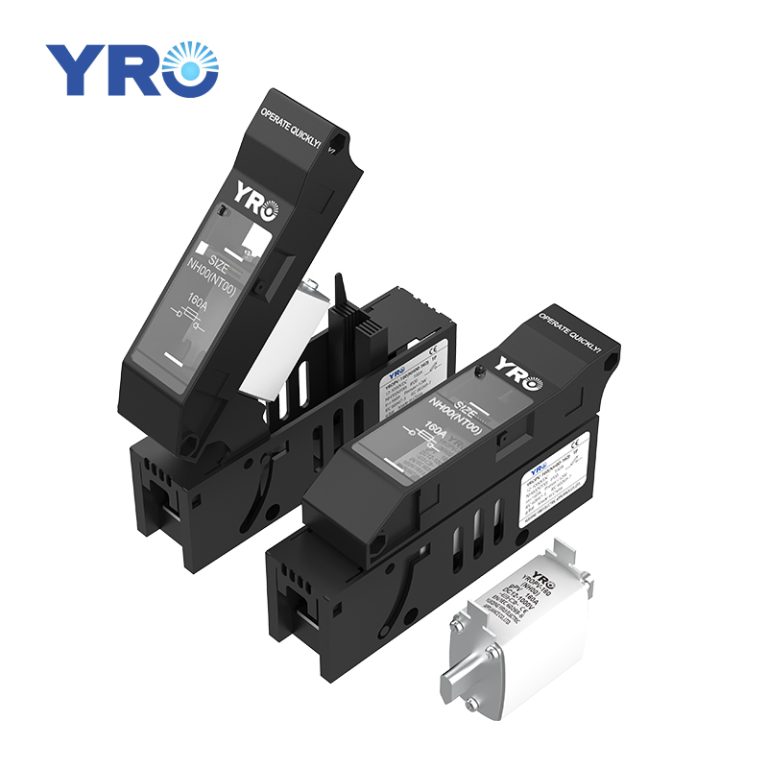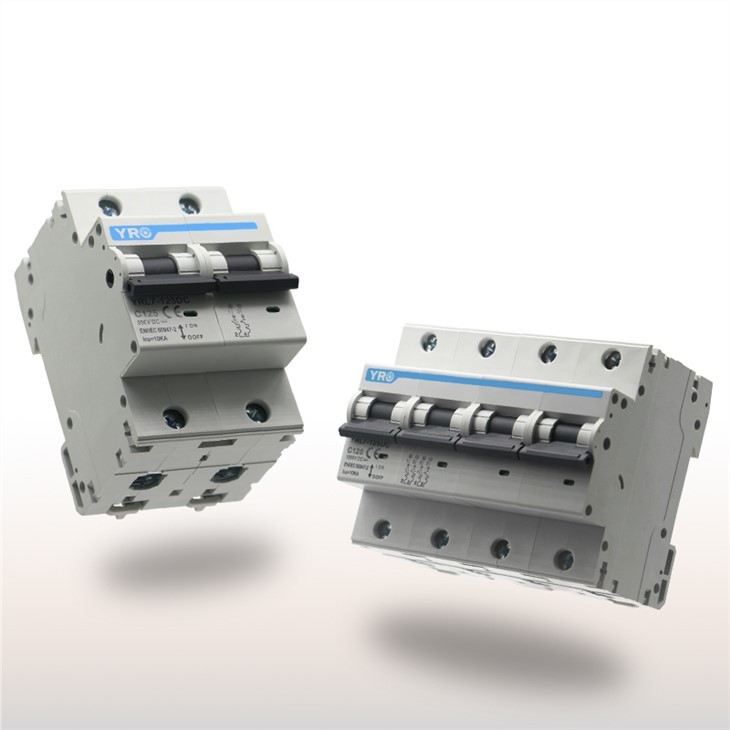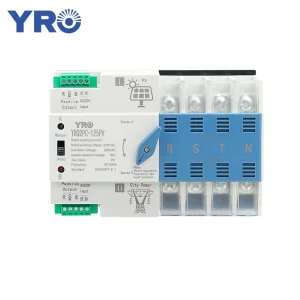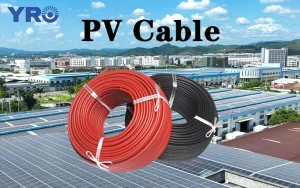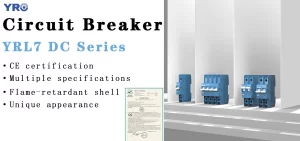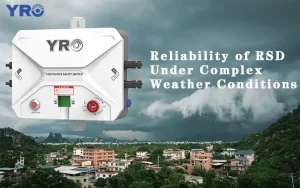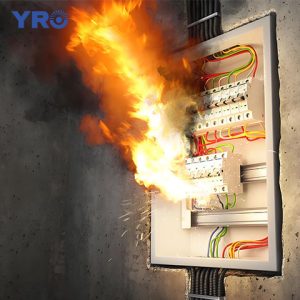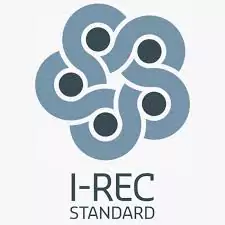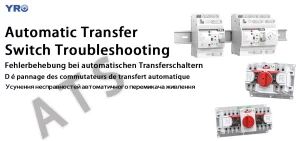As solar energy continues to grow in popularity, homeowners face more choices than ever before when it comes to installing a solar roof. Two of the most talked-about options are traditional solar panels and solar roof tiles. While both technologies harness the sun’s power to generate clean energy, they differ significantly in design, cost, efficiency, and installation. This article will explain what solar panels and solar tiles are, compare their key features, and demonstrate why, despite new innovations, proven solar panel technology remains the smarter choice for most homeowners.
What Are Solar Panels?
Solar panels, also known as photovoltaic (PV) panels, are devices that convert sunlight directly into electricity. They consist of multiple solar cells made from semiconductor materials like silicon. These panels are usually mounted on racks above an existing roof and connected to an inverter that converts the generated direct current (DC) into usable alternating current (AC) for your home.
Solar panels have been widely used for decades and are a mature, reliable technology. Thanks to extensive research and manufacturing advancements, solar panels achieve high efficiency, durability, and relatively affordable prices, making them the backbone of residential and commercial solar energy systems worldwide.
What Are Solar Tiles?
Solar roof tiles, or solar shingles, are an innovative form of building-integrated photovoltaics (BIPV). Unlike traditional panels, solar tiles replace conventional roofing materials, functioning both as a roof covering and a solar energy generator. They are designed to blend seamlessly with the roof, offering a low-profile aesthetic that appeals to homeowners who prioritize curb appeal.
While solar tiles incorporate solar technology, they tend to have lower efficiency per unit compared to conventional panels. Being a newer technology, solar tiles also come with higher upfront costs and a less established track record, though improvements continue to be made.
Comparison of Solar Panels and Solar Tiles
| Category | Solar Panels | Solar Tiles |
|---|---|---|
| Installation | Mounted on existing roof with hardware; easy to install or replace. | Replace part or whole roof; complex and time-consuming installation. |
| Efficiency | High efficiency (18%–22%). | Lower efficiency (10%–18%), needs more roof space for same output. |
| Cost | More affordable due to mature technology and lower cost per watt. | Higher upfront cost; may save on roofing if replacement is already planned. |
| Appearance | Visibly mounted on roof; can be bulky despite sleek designs. | Integrated into roofing; aesthetically pleasing and less noticeable. |
| Durability | Proven long-term durability; 25+ year warranties. | Newer tech with 20–30 year warranties; long-term data limited but often marketed as more resilient. |
| Best Use Case | Ideal for most homeowners seeking efficient, budget-friendly solar solutions. | Best for new builds or roof replacements; suitable for those prioritizing aesthetics. |
Installation
Solar panels are typically installed on top of your existing roof using mounting hardware. This process is relatively straightforward, allowing for flexible placement and faster installation times. Panels can be added or removed as needed without major roof work.
Solar tiles, on the other hand, require a full or partial roof replacement since they serve as the roofing material itself. Installation is more complex and time-consuming, often reserved for new constructions or when a roof replacement is already planned.
Efficiency
Efficiency is a critical factor in solar energy systems. Traditional solar panels commonly achieve efficiency rates between 18% and 22%, meaning they convert a higher percentage of sunlight into electricity.
Solar tiles generally have lower efficiency, typically ranging from 10% to 18%. To offset this, more roof area must be covered with tiles to generate the same amount of power, which is not always practical depending on roof size and orientation.
Cost
Cost is often a deciding factor. Due to mass production and mature technology, solar panels tend to be more affordable, with lower cost per watt.
Solar roof tiles are more expensive upfront, partly because they combine roofing materials and solar technology in one product and involve more complex installation. However, if a roof replacement is already necessary, the integrated nature of solar tiles may offer some cost savings by combining two projects into one.
Appearance
Solar tiles score high on aesthetics. Their design integrates directly with the roof, maintaining the look of traditional shingles or tiles, making them less noticeable.
Solar panels, even sleek all-black models, sit on top of the roof and can be visually prominent, which some homeowners find less attractive.
Durability
Both solar panels and solar tiles are built to withstand various weather conditions. Traditional panels often come with warranties of 25 years or more and have proven durability over decades.
Solar tiles also offer warranties around 20 to 30 years, but as a newer technology, their long-term performance is still being evaluated. Some manufacturers claim superior resistance to impacts and harsh weather, but real-world data is limited.
Use Case
Solar panels are ideal for most homeowners, especially those looking for a cost-effective, efficient solar solution that can be installed quickly without roof replacement.
Solar tiles are best suited for new builds, roof replacements, or homeowners placing high value on aesthetics and roof integration, willing to invest more for the seamless look.
Why Panels Are Still the Smarter Choice for Most
Despite the excitement around solar roof tiles, traditional solar panels remain the most practical and reliable option for the majority of homeowners. Their proven efficiency, affordability, and flexibility make them a dependable investment in clean energy.
At YRO, our solar panels are engineered with advanced monocrystalline cells to maximize energy production and ensure lasting performance. We offer comprehensive support from consultation through installation, helping homeowners optimize their solar roof systems tailored to their specific needs.
Choosing YRO solar panels means opting for trusted technology backed by years of innovation and customer satisfaction—ensuring your solar investment delivers the best value and energy savings.
Conclusion
When deciding between solar panels and solar roof tiles, it is important to balance aesthetics, cost, efficiency, and practical considerations. While solar tiles offer an elegant, integrated look, they come at a higher price and typically lower efficiency. For most homeowners, proven solar panel technology provides a better combination of performance, affordability, and ease of installation.
If you want a reliable solar roof system that maximizes your return on investment and energy output, traditional solar panels—such as those from YRO—are the smarter choice. Harness the power of the sun with confidence and take a meaningful step toward a sustainable future.
Learn More: Solar Panels in Series vs. Parallel: 6 Difference and Which Is Better?

